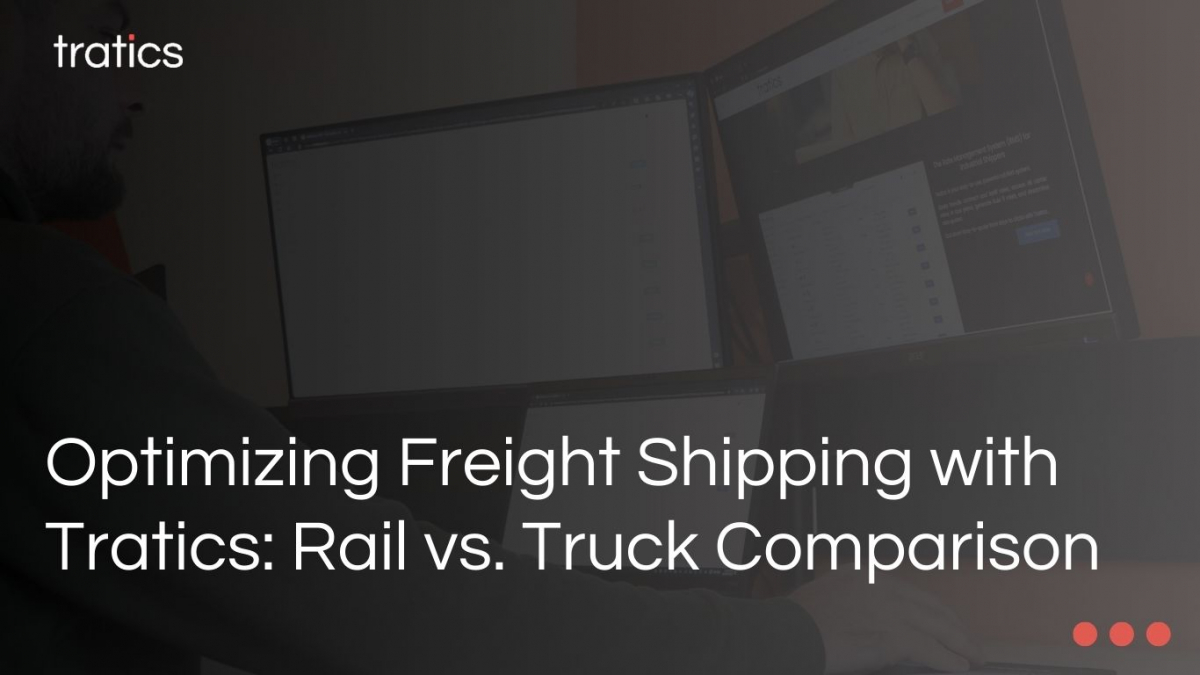Comparing Transportation Options
Where infrastructure and geography allow, pipelines and waterways offer substantial cost reductions. However, these options are limited in scope and geogrpahy. Conversely, rail and truck transport are more versatile. While trucks have the benefits of using publically funded and maintained roads, therefore have the ability to reach any customer on land, they are also generally a more expensive mode of transportation. Truck and rail can be effectively combined in multimodal transport known as Intermodal, effectively combining the cost effectiveness of rail with the reach of trucks.
In this blog, we compare the costs per ton-mile for trucks versus rail, where the advantages of each mode become apparent. Rail comes out as the clear choice, especially over longer distances and higher volumes.
Trucking is the most universally accessible mode of transportation; virtually every shipper can load and receive shipments via truck. Rail transportion, however, requires specific loading and unloading facilities at both ends and railroad tracks that reach the origin and destination points. Despite this, rail transport offers significant cost advantages, with an average differential of $0.095 per ton-mile when compared to trucking. By minimizing truck transit and strategically using Intermodal or transload facilities, shippers can achieve substantial savings.
Cost Analysis: Rail vs. Truck Shipping
Consider a practical example of shipping a bulk commodity from Chicago, IL, to Los Angeles, CA. The cost of an average truck move is estimated to be around $5,200 per truckload, whereas rail costs approximately $7,600 per railcar. Given that one railcar is equivalent to three or four truckloads, rail is considerably cheaper. Even at a conservative one-to-three ratio of railcar to truck, the rail option comes out at $2,533 per truckload equivalent. This is a savings of over 50% that rail provides versus truck transporation. The combined cost savings over long distances and large volumes can be substantial.
Environmental and Safety Considerations
Moving freight by rail is not only cost-effective but also environmentally friendly. When comparing rail versus truck transportation, choosing rail significantly reduces carbon emissions. Trains can move a ton of freight over 470 miles on a single gallon of fuel, making them a much greener option compared to trucks. This reduction in carbon footprint is increasingly important for companies looking to meet sustainability goals and reduce their environmental impact.
Moreover, rail transport offers enhanced safety and security. Since railcars and rail yards are monitored 24/7, there is a lower risk of theft or damage to goods. This added layer of security can reduce potential losses and provide peace of mind for shippers.
Leveraging Tratics Software for Optimizing Rail Shipping
At Tratics, we enable you to take full advantage of long-haul rail savings by helping optimize your rail shipping strategy, routes, lanes and rates. By focusing on these strategies and optimization fundtions for routes and carriers, Tratics can help reduce your rail trnasportation spend further. Tratics' comprehensive rate visibility platform can assess your current routes, identifying potential savings, and implementing a customized rail strategy tailored to your specific needs.
In conclusion, optimizing your shipping strategy by leveraging the cost advantages of rail transport can lead to significant savings and enhanced efficiency. Tratics is dedicated to helping you navigate these options to optimize pricing and routing to achieve the best results for your business.
Interested in learning more about how Tratics can transform your rail shipping? Visit Tratics to explore our solutions and start reducing your logistics costs today.

